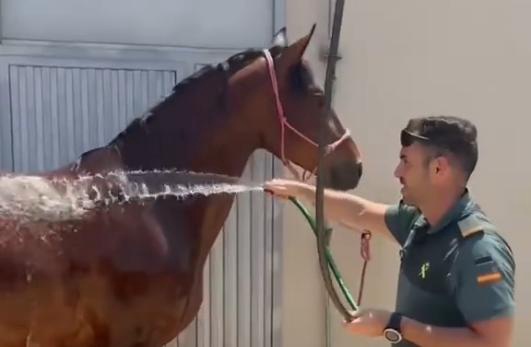Overview
- The Guardia Civil’s video emphasizes constant access to fresh water, shaded rest and avoiding outdoor activity during peak afternoon temperatures for dogs, cats and horses
- Veterinary clinics report an unprecedented rise in heat-related emergencies, with clinics nationwide fielding increasing cases of heatstroke and dehydration in companion animals
- Data from the Consejo de los Colegios Veterinarios de Cataluña reveal that a two-degree rise in a dog’s body temperature proves fatal in half of cases, underscoring the narrow margin for error
- A study in The Australian Veterinary Journal finds that extreme heat days raise dog mortality by nearly 10%, with each degree above 32°C linked to a 0.6% higher death risk
- Experts recommend scheduling walks for early mornings or late evenings, carrying portable water supplies and testing pavement temperatures to prevent paw burns


